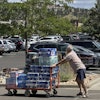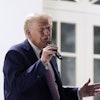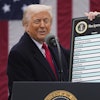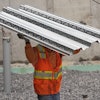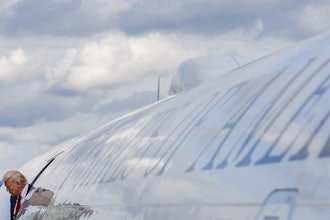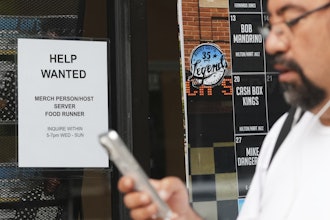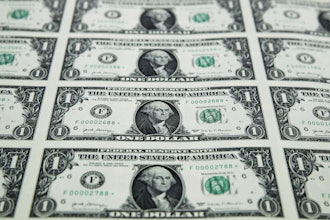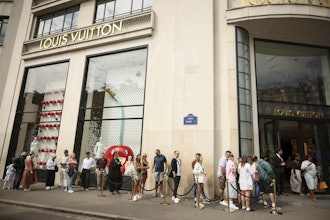
WASHINGTON (AP) — Hiring surged in July as American employers added 943,000 jobs. The unemployment rate dropped to 5.4% another sign that the U.S. economy continues to bounce back with surprising vigor from last year’s coronavirus shutdown.
The July numbers exceeded economists’ forecast for more than 860,000 new jobs. Hotels and restaurants, reopening and doing brisk business, added 327,000 jobs last month. Local public schools added 221,000.
The number of people who reported they had jobs surged by 1 million, pushing the jobless rate down from 5.9% in June. Last month, 261,000 people returned to the job market.
Scrambling to find workers as business surges back, companies raised wages: Average hourly earnings were up 4% last month from a year earlier.
The coronavirus triggered a brief but intense recession last spring, forcing businesses to shut down and consumers to stay home as a health precaution. The economy lost more than 22 million jobs in March and April 2020. Since then, though, it has recovered nearly 17 million jobs, leaving a 5.7 million shortfall compared to February 2020.
“Things are undeniably moving in the right direction,” said Greg McBride, chief financial analyst at Bankrate.com.
The rollout of vaccines has encouraged businesses to reopen and consumers to return to shops, restaurants and bars that they had shunned for months after the pandemic struck. Many Americans are also in surprisingly strong financial shape because the lockdowns allowed them to save money and bank relief checks from the federal government.
As a result, the economy has bounded back with unexpected speed. The International Monetary Fund expects U.S. gross domestic product — the broadest measure of economic output — to grow 7% this year, its fastest pace since 1984.
Employers are advertising jobs — a record 9.2 million openings in May — faster than applicants can fill them.
Some businesses blame generous federal unemployment benefits — including an extra $300 a week tacked on to regular state jobless aid — for discouraging Americans from seeking work. In response, many states have dropped the federal unemployment assistance even before it is scheduled to expire nationwide Sept. 6.
Many Americans may be staying out of the job market because of lingering health fears and trouble obtaining childcare at a time when many schools are closed.
The outlook is clouded by a resurgence of COVID-19 cases caused by the spread of the highly contagious delta variant. The United States is reporting an average of more than 75,000 new cases a day, up from fewer than 12,000 a day in late June — although still well below the 250,000 levels of early January.
